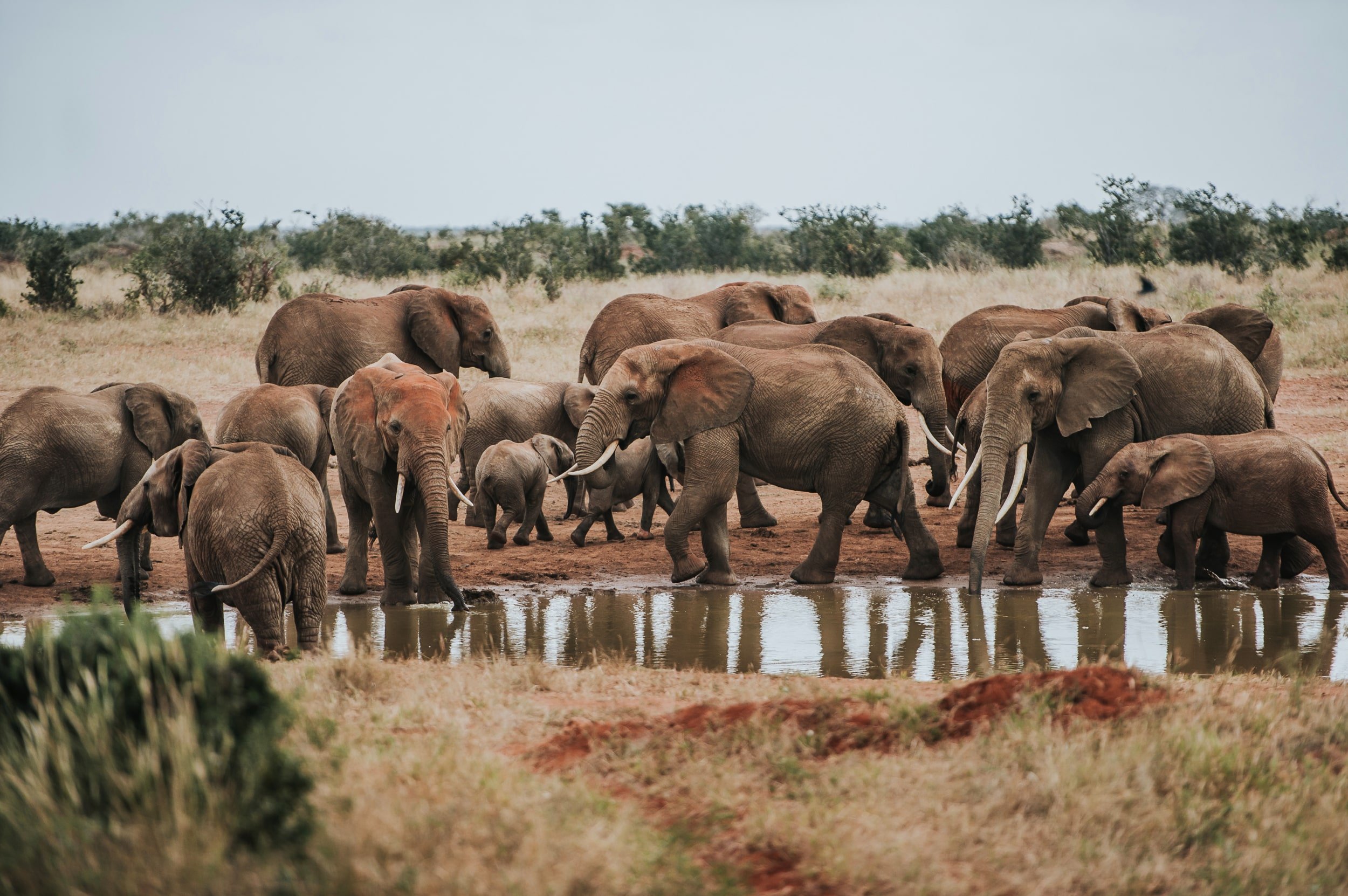
The Biggest Threat to Elephants Come in 3
-
In the last 50 years, the population of elephants has drastically decreased as more and more poachers hunted elephants for their ivory, which makes up the tusks. Even today, there are still findings of elephants killed for their ivory.
-
Africa is experiencing tremendous population growth. Large parts of the elephants' range have fallen victim to cropland, pasture, and infrastructure. Not only is the decrease in the total area of elephant habitat a problem, but also the fragmentation of ranges and lack of connections between populations. As a result, genetic exchange is decreasing. In addition, this fragmentation of areas makes it difficult for individual animals to migrate from particularly densely populated regions to less densely populated areas.
-
Due to the population increase in Africa, more and more farmland is needed and only island-like areas are left of the elephants' original grassing land. To forage, the pachyderms must migrate long distances and it is becoming more difficult to create safe corridors from one food island to another. The cultivation of crops such as corn in particular attracts elephants, which raid the farmers' fields again and again. Within one night, they can lose an entire year's harvest.
